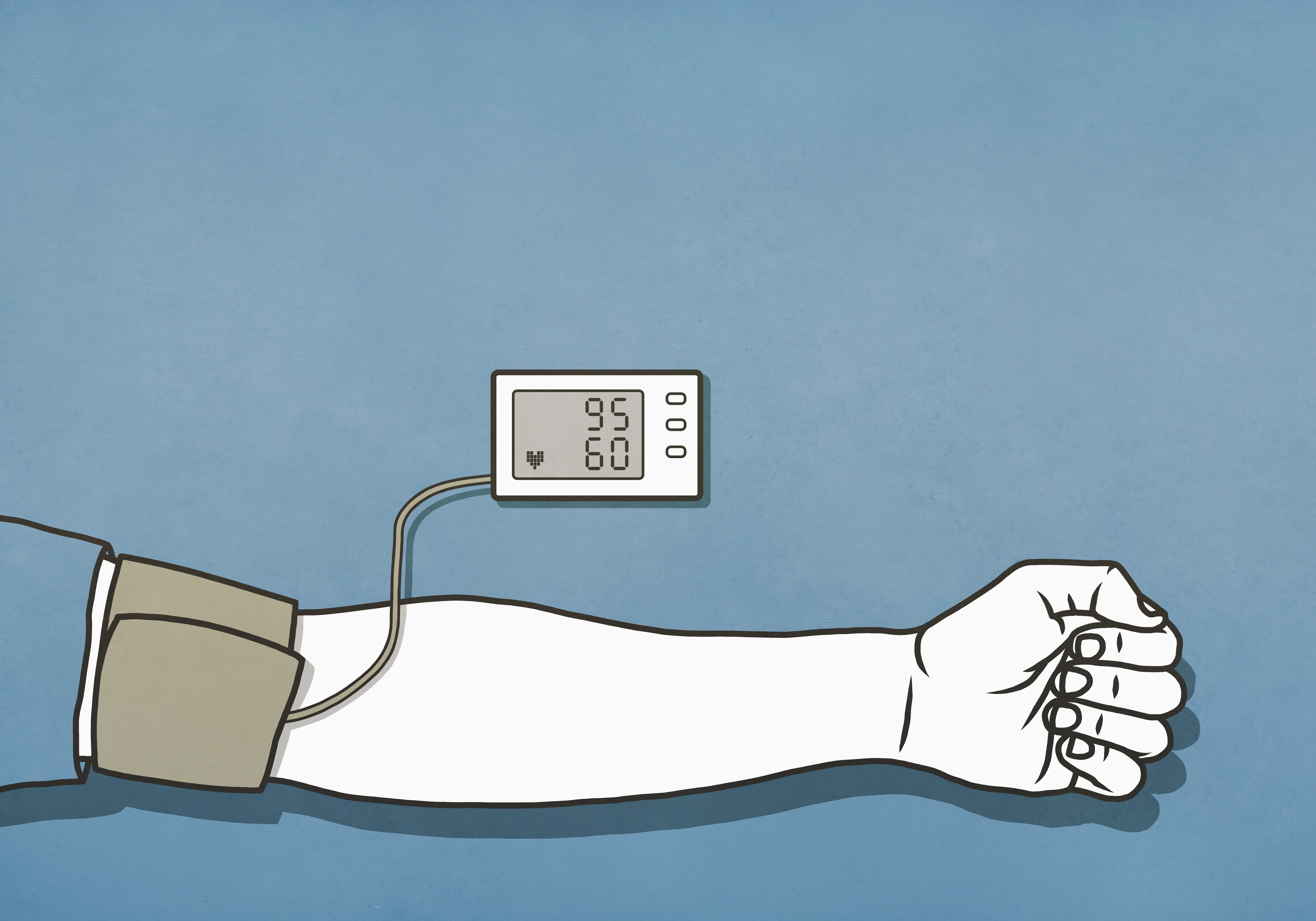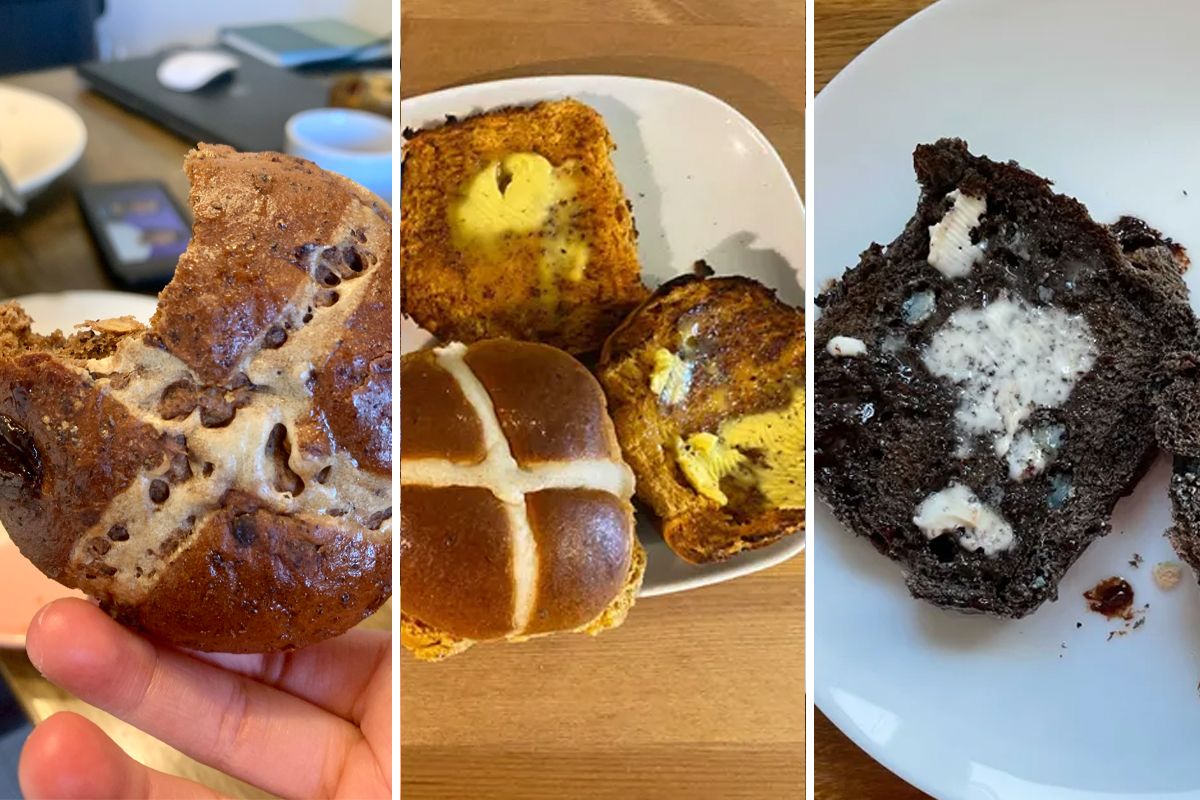You don’t need to be a coffee expert to see there’s a difference between espresso and “regular” coffee (also known as brewed or filtered coffee). Order an espresso and you’ll be served a small 2-ounce shot that’s packed with caffeine and a strong flavour punch, and if you order a cup of brewed coffee you’ll get an 8-12 ounce beverage (or something even larger) that’s a little gentler on the palate. But what exactly are the differences?
The main difference between espresso and ‘regular’ coffee is preparation
Espresso and filtered coffee come from the same beans, but the ways in which the drinks are prepared are vastly different. To make espresso, water is pushed through a puck of finely ground coffee at high pressure, a process that takes less than a minute. Brewed coffee, on the other hand, takes a few minutes for a full extraction.
“Brewed coffee uses the power of gravity to pull water through the grounds, and espresso uses 9-10 bars of pressure to push water through the grounds,” Sam Sabori, director of coffee at Intelligentsia, told HuffPost.
Because of the high pressure required and short extraction time, preparing espresso is a more technical process than making brewed coffee. In short, unless you’re willing to invest in an expensive espresso machine and a grinder and learn the intricacies of optimising extraction, it’s probably best to leave making espresso to the pros and head to your favourite specialty coffee shop.
“It’s not impossible to make espresso at home, but to do decently well you’re looking at investing in an espresso machine and a grinder to get your foot in the door to be doing a decent job at it,” Caleb Nicholes, co-founder and director of coffee for Wonderstate Coffee, told HuffPost.
In addition to cost, there’s a level of technical skill required to successfully make espresso at home. “It’s not rocket science, but even with that nice equipment you’re going to want to fine-tune your grind and tailor it to the brew method to hit those optimum extraction windows.”
Nicholes notes that while an ideal extraction time for espresso is 25-35 seconds, a shorter extraction time (closer to 10 seconds) is common with home coffee equipment. “If you’re off that ideal window, you’re missing out on potential flavour as you’re extracting less than half of the solubles in that coffee that are going to make that coffee great,” he said.
“Most people don’t have that kind of technical lens to be experimenting, trialling and adjusting the grind to be hitting those optimum extraction windows,” Nicholes said. “When making [regular] coffee at home, as long as you’re putting enough coffee in there and enough water (more or less), you have a built-in mechanism for getting a solid amount of extractions from the coffee because it’s happening in a two- to four-minute time frame. There’s a lot more wiggle room for getting a beverage that tastes solid.”
Different extraction times yield differences in flavour
To put it simply, the faster extraction and higher coffee-to-water ratio of espresso yield a richer, more concentrated flavour than its brewed counterpart. “Because espresso and brewed coffee are so different in terms of concentration, comparing them is a little like comparing, say, beer and whiskey: both alcoholic and made from grain, but very, very different,” Peter Giuliano, chief research officer for the Specialty Coffee Association and executive director of the Coffee Science Foundation, told HuffPost.
“Espresso is intense in every way: Since it is much more concentrated, it is sweeter, more bitter, brighter, more aromatic, has a more powerful aftertaste, and has more caffeine per fluid ounce than brewed coffee,” Giuliano said. “Brewed coffee is less intense per fluid ounce in every way, but is therefore easier to drink more of.”
Espresso has a higher concentration of caffeine per ounce, but there’s a catch
Giuliano added that this difference in concentration is the reason a serving of espresso is much smaller than a serving of brewed coffee. Therefore, while espresso might have more caffeine per ounce, the amount of caffeine for espresso and brewed coffee at their typical serving size is about the same. Even when an espresso-based drink (think a latte or a cappuccino) contains up to 12 ounces, it still only contains one or two shots of espresso, depending on how you ordered it.
It’s a myth that espresso is always made with darker-roasted beans
While espresso is often associated with dark-roasted coffee (as is the Italian tradition), Giuliano notes that it is a common misconception that espresso is always made with darker-roasted coffee. “It is sometimes, but not always ― delicious espresso can be made with coffees roasted at all levels,” he said. “Cultural, culinary and style differences mean that espresso ‘roasts’ are more diverse now than ever before.”
That said, there’s a reason why darker roasts are popular for espresso. “Profiles that are developed for espresso tend to have more carbon-related notes like chocolate as their primary flavour note,” Sabori said. “These notes play better with milk and alt-milks. Most cafes sell a lot of milk-based drinks, so the industry tends to gravitate towards their customers’ desires in providing a comforting and expected beverage.”
Nicholes explained that as coffee beans are roasted, they become less dense and the natural sugars get caramelised. “During this process, some of the natural sweetness and sugars in the coffee get replaced with more bittersweet, pungent, carbon-based molecules. You’re also roasting out the acidity in the coffee,” he said. In general, coffee that is lighter-roasted has more acidity, and when brewed as espresso, the acidic flavour is concentrated and can lead to a sharp taste that may be jarring for the uninitiated. “I think the tradition of roasting a coffee dark was a way of mitigating some of that potential sourness and giving people more a smooth, balanced, bittersweet experience in their espresso.”
If you’re someone who enjoys espresso drinks with milk in them (like cappuccinos, lattes, etc.), the bitterness and pungency of darker-roasted coffee has a better chance at punching through the milk and any added sugars or sweeteners so that you can still taste the coffee in your drink.
Specialty coffee shops are leading a new wave in espresso where you’ll find light- to medium-roasted beans brewed as espresso. “We have a lot of espressos that are not super dark; they’re more oriented around a medium roast,” Nicholes said. “We try to deal with the conundrum of having lighter-roasted espressos and the potential for having a little bit more sour, sharp flavours that you can get when you’re using lighter to medium roasts.” For the types of specialty beans his company sources and roasts, a lighter roast is best for showcasing the natural sweetness and complex, nuanced flavours inherent to the beans.
A note on Nespresso
For a few hundred bucks, Nespresso machines offer a convenient at-home espresso experience that doesn’t require measuring out coffee grounds, grinding them or compressing them into a puck. The company’s site notes that its machines “force the water at the ideal temperature through the ground coffee using a high-pressure pump,” reaching a pressure of up to 19 bars. While the convenience factor is undeniable, coffee purists will argue that it doesn’t compare to using a real-deal espresso machine.
The main issue here, according to Nicholes, is the freshness factor. “Nespresso capsules contain pre-ground coffee, and typically the time between when that coffee was ground and when people are actually using it is quite large,” he said. “There’s gases that are trapped in coffee that keep it fresh, aromatic and complex, and once it’s ground those gases get released extremely quickly and you end up losing a lot of the nuance in the coffee.” With pre-ground coffee, you lose out on the sensory, complexity and quality potential of a coffee over time.
“You are also going to end up with a beverage that’s more dilute,” Nicholes said. While coffee shops will use 16-20 grams of ground coffee for an espresso shot, Nespresso coffee capsules contain between 5-6 grams of coffee.
This article was original published on the US version of HuffPost Life.


